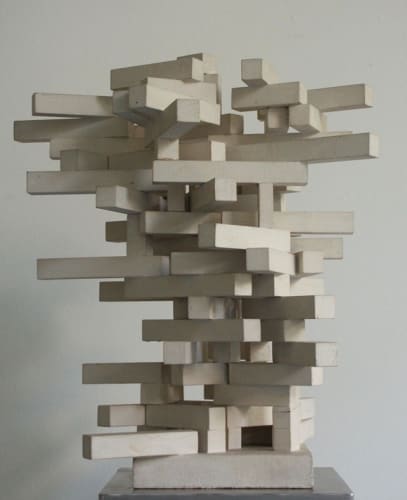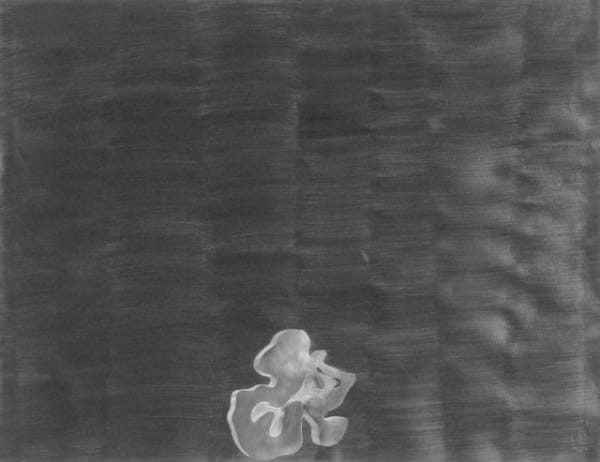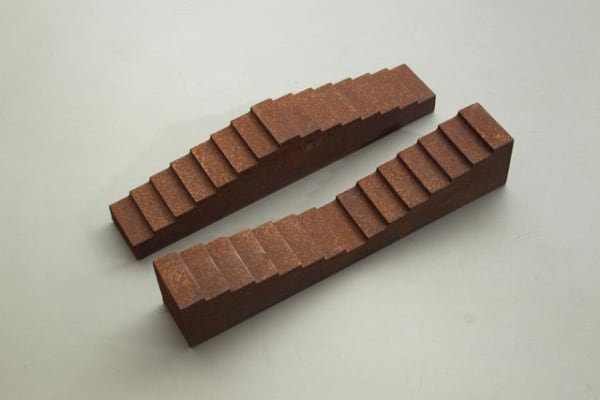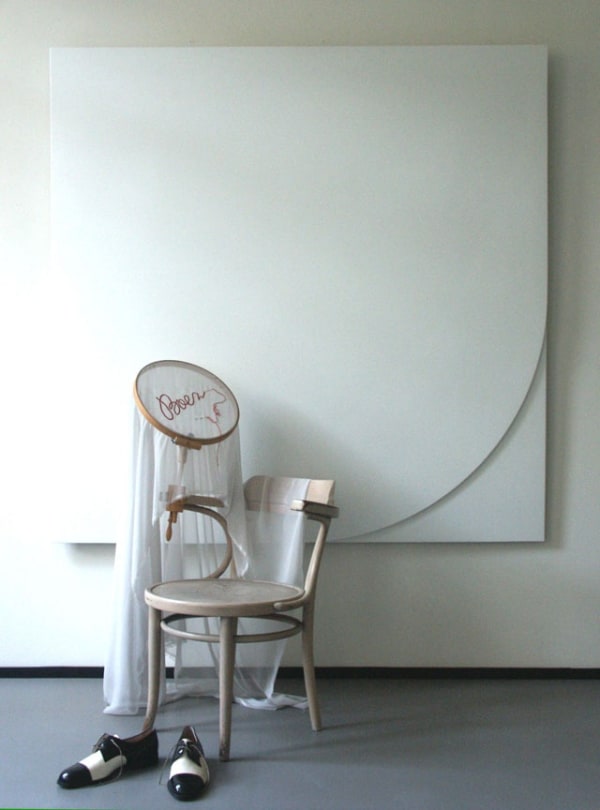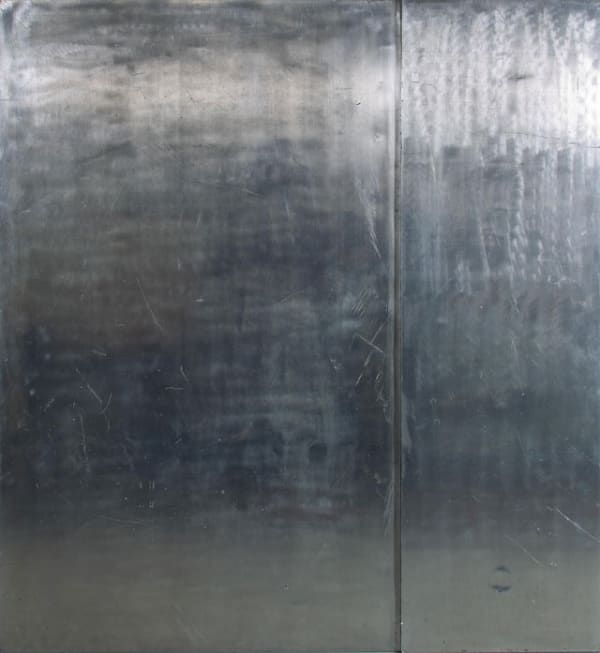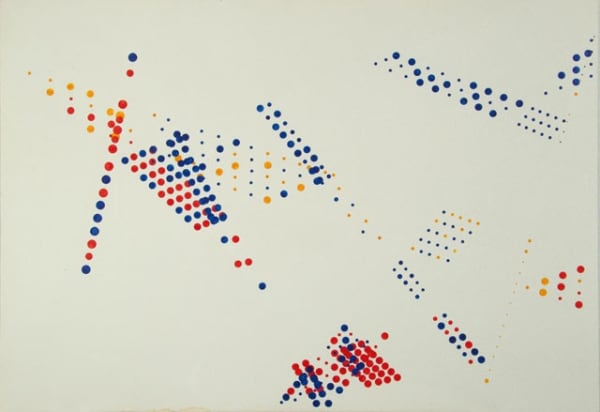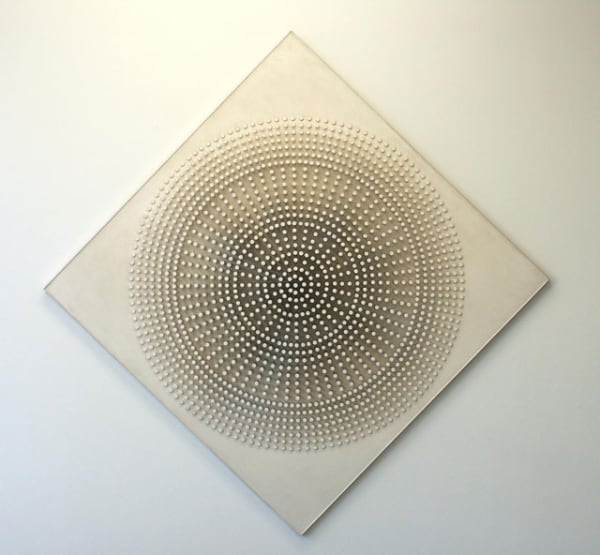after zero
In the Dutch art history of the second half of the 20th century, some movements can actually be measured by international standards. They are characterized by innovation, cooperation and group formation and by foreign contacts with kindred spirits. The Cobra movement around 1950 is a clear example of this.
The Nul group, formed in 1960 by Armando, Henderikse, Peeters and Schoonhoven, also originates from contacts with German, Italian and French kindred spirits.
Over the past 10 years we have often paid attention to these artists and have seen many works pass through our hands. That the interest in the Zero movement has taken off enormously, also in the international appreciation for it, will not have escaped any enthusiast or collector….
Looking back in the second decade of the 21st century, looking back at the 1960s and 1970s, an increasingly better picture of that innovative period is emerging. Whereas the early 1960s in the Netherlands are historically mainly dominated by Pop Art and the Nul movement, in the decade thereafter they continue in Minimalism and Concept Art makes itself known internationally. It is remarkable and extremely fascinating to see how a number of artists in the Netherlands also connect with international trends during this period. Moreover, artists such as Ger van Elk, Jan Dibbets and Marinus Boezem also play a leading role internationally in what is now known as Conceptual art.
Paul van Rosmalen, Amsterdam, November 2011
